Increasing Livestock Production
The Medicated Feed Market is experiencing a surge in demand due to the increasing livestock production across various regions. As populations grow, the need for animal protein rises, prompting farmers to enhance their livestock yields. In 2025, the livestock sector is projected to expand, with estimates suggesting a growth rate of approximately 3.5% annually. This growth necessitates the use of medicated feed to ensure the health and productivity of animals, thereby driving the market forward. The integration of medicated feed into livestock diets not only improves growth rates but also enhances feed efficiency, which is crucial for meeting the rising protein demands. Consequently, the Medicated Feed Market is likely to benefit from this upward trend in livestock production, as farmers increasingly rely on medicated solutions to optimize their operations.
Rising Awareness of Animal Health
The Medicated Feed Market is significantly influenced by the rising awareness of animal health among livestock producers. As consumers become more conscious of food safety and quality, farmers are compelled to adopt practices that ensure the health of their animals. This trend is reflected in the increasing investment in medicated feed, which is perceived as a vital component in maintaining animal welfare. In 2025, the market for medicated feed is expected to grow as producers prioritize the health of their livestock to meet consumer expectations. The emphasis on preventive health measures, including the use of medicated feed, is likely to drive demand, as it helps in reducing disease outbreaks and improving overall herd productivity. Thus, the Medicated Feed Market stands to gain from this heightened focus on animal health and welfare.
Growing Demand for Sustainable Practices
The Medicated Feed Market is increasingly influenced by the growing demand for sustainable agricultural practices. As environmental concerns rise, consumers and producers alike are seeking solutions that minimize the ecological footprint of livestock production. Medicated feeds that incorporate natural ingredients and promote animal health are gaining traction as part of this sustainability movement. In 2025, the market is expected to expand as more producers adopt medicated feeds that align with sustainable practices, thereby enhancing their marketability. This shift not only addresses consumer preferences but also supports the long-term viability of livestock farming. Consequently, the Medicated Feed Market is likely to thrive as it adapts to the evolving landscape of sustainable agriculture.
Regulatory Support for Medicated Feed Use
The Medicated Feed Market is benefiting from regulatory support that encourages the responsible use of medicated feeds in livestock production. Governments are increasingly recognizing the importance of maintaining animal health and food safety, leading to the establishment of guidelines that promote the judicious use of medicated feed. In 2025, it is anticipated that regulatory frameworks will continue to evolve, providing a conducive environment for the growth of the medicated feed sector. This regulatory support not only enhances consumer confidence but also encourages producers to adopt medicated feed as a standard practice. As regulations become more favorable, the Medicated Feed Market is likely to see an increase in demand, as producers align their practices with these guidelines to ensure compliance and improve animal health.
Technological Innovations in Feed Formulation
Technological advancements in feed formulation are reshaping the Medicated Feed Market. Innovations such as precision nutrition and the development of customized medicated feeds are becoming increasingly prevalent. These advancements allow for more effective delivery of medications, enhancing the overall efficacy of the feed. In 2025, the market is expected to witness a rise in the adoption of these technologies, as producers seek to optimize feed efficiency and animal health. The integration of data analytics and artificial intelligence in feed formulation is likely to lead to more targeted and effective medicated feed solutions. This trend not only improves the health outcomes for livestock but also contributes to sustainable farming practices. Therefore, the Medicated Feed Market is poised for growth as it embraces these technological innovations.
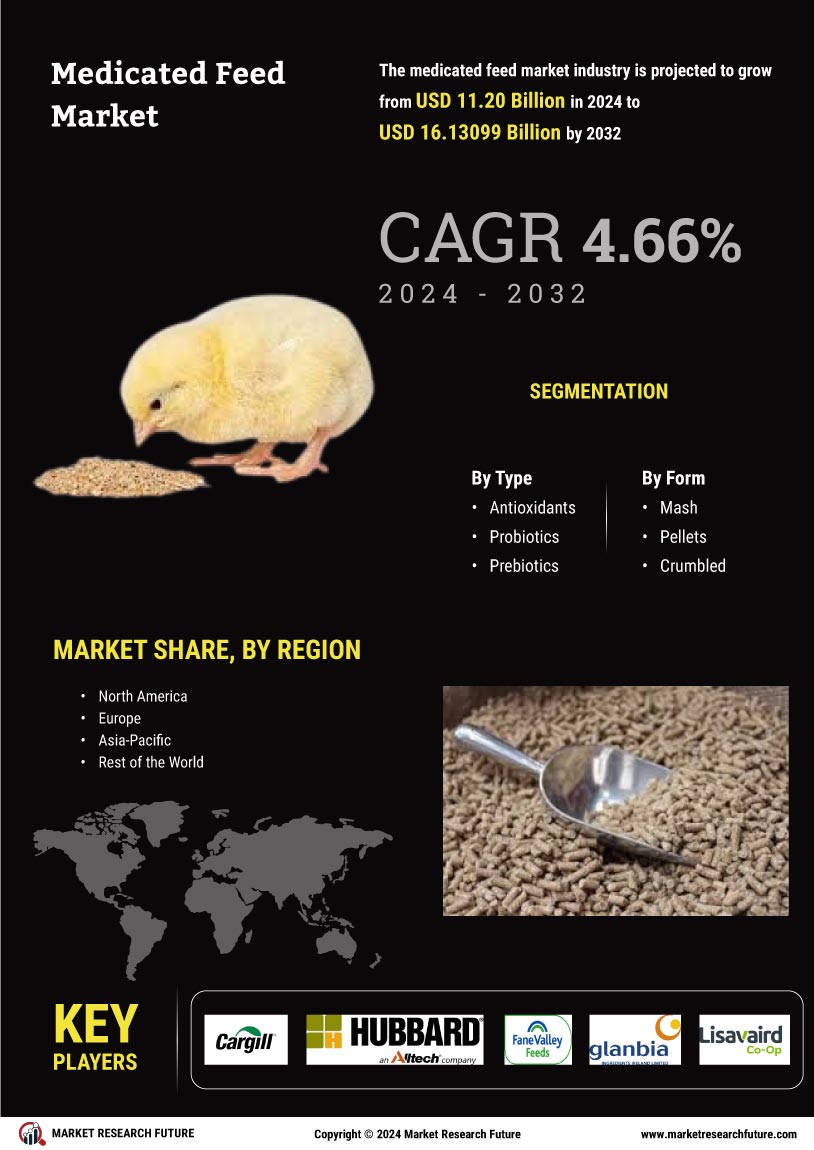

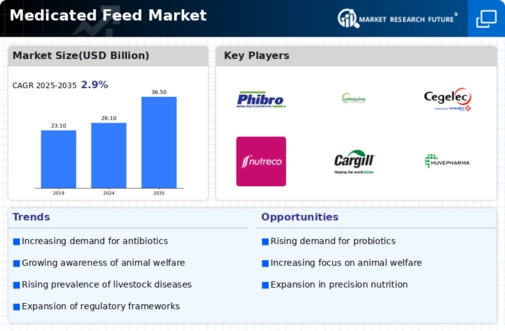
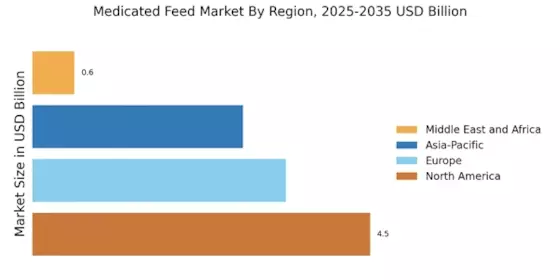
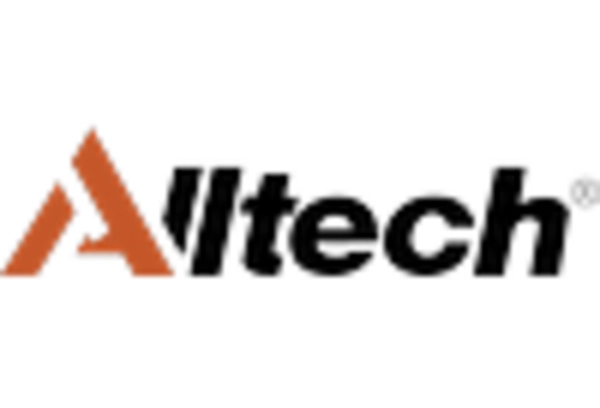
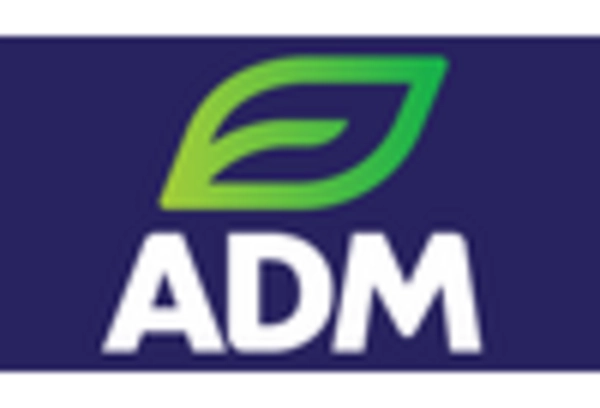


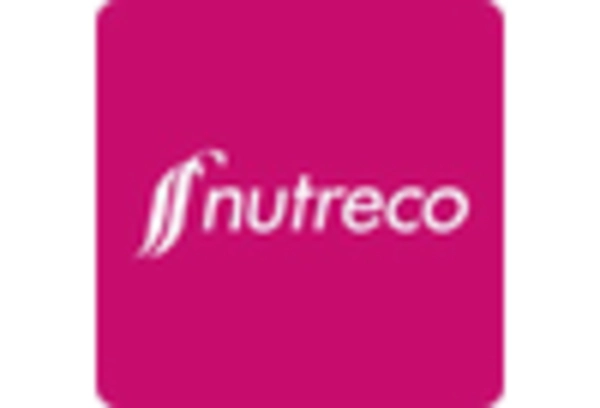
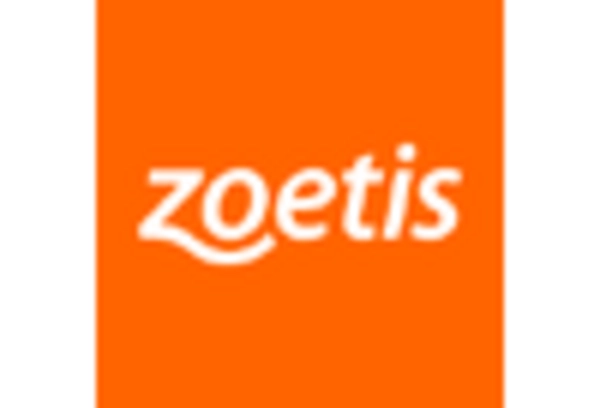








Leave a Comment